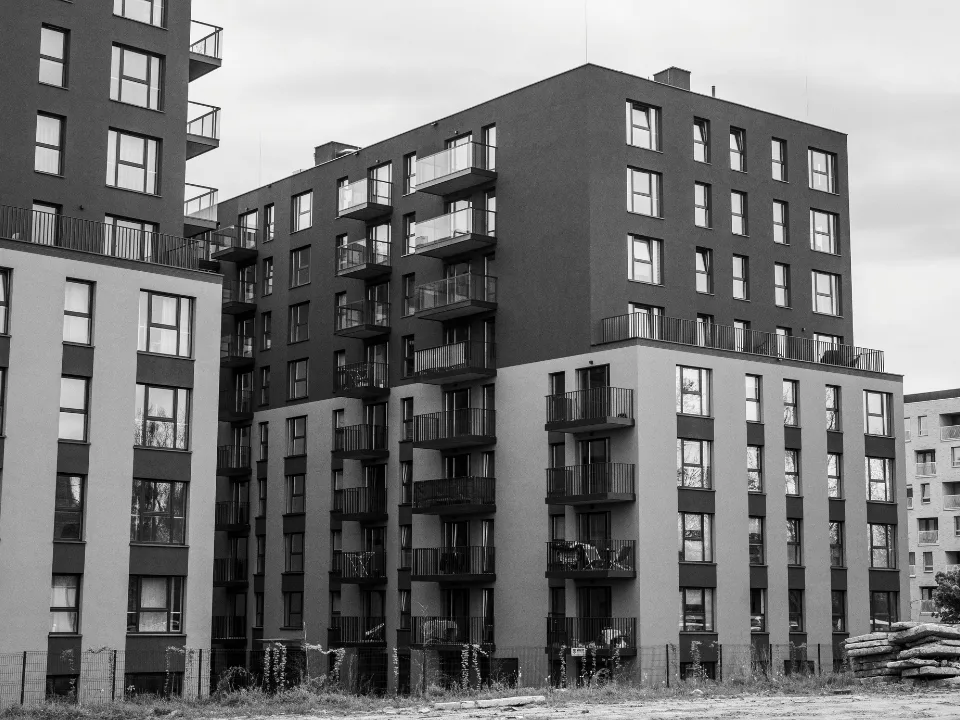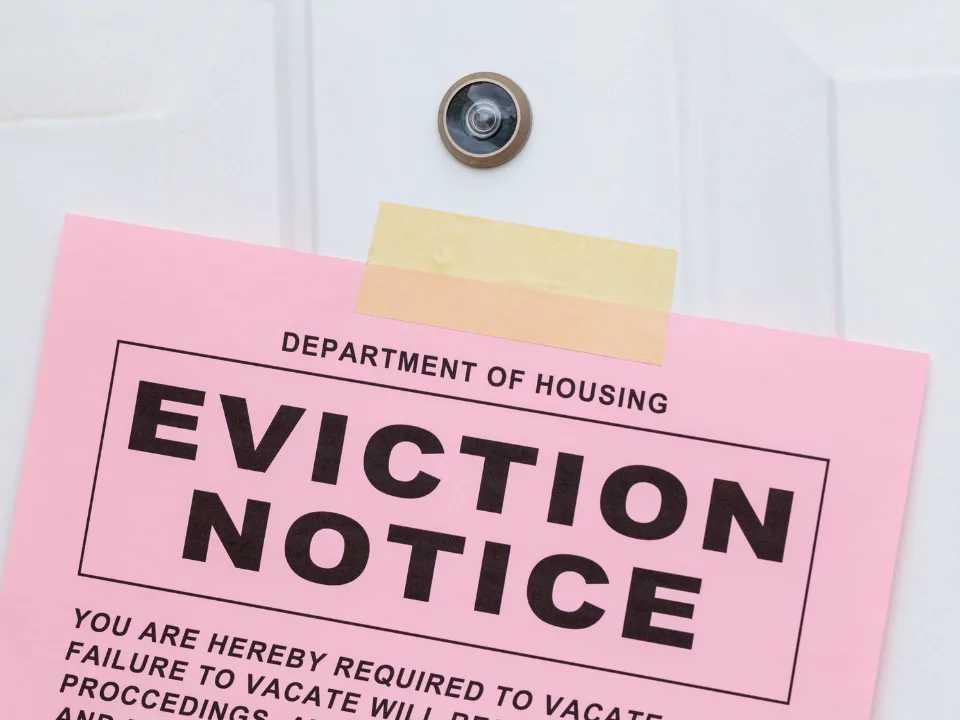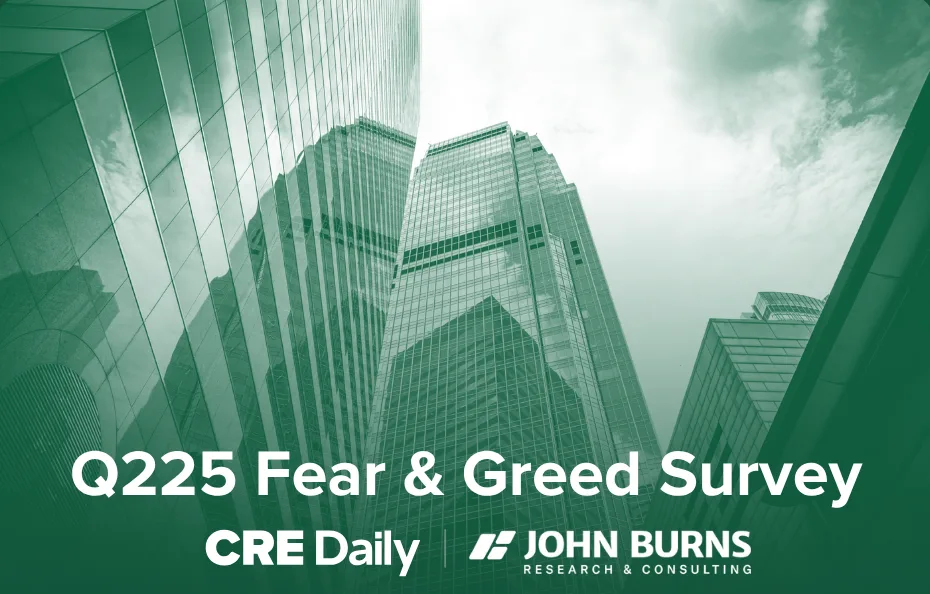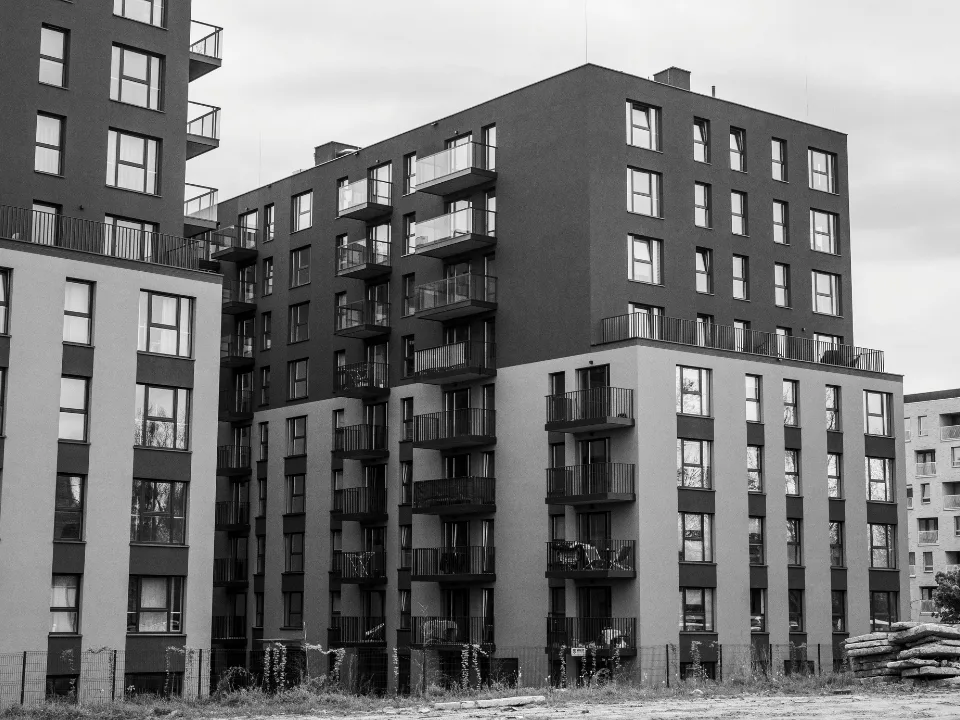WeWork Once Valued at $40B, Now Doubts Its Own Future
PLUS: 55% of US pre-pandemic office leases have not yet expired
Together with
Good morning. WeWork teeters on bankruptcy amid post-COVID struggles. US manufacturing surges with construction and tech facility investments. Meanwhile, over half of pre-COVID US office leases linger, hinting at upcoming vacancy hurdles.
Today’s edition is brought to you by Buildout Media—the easiest and most affordable way to get high-quality visuals for your listing.
👋 First time reading? Sign up here
Market Snapshot
|
|
||||
|
|
*Data as of 8/9/2023 market close.
TIPPING POINT
WeWork Once Valued at $40 Billion, Now Facing Bankruptcy Concerns Yet Again

New York-based WeWork warned “substantial doubt exists” about its “ability to continue as a going concern” over the next 12 months. (Getty Images)
Four years ago, WeWork (WE) was gearing up for a high-profile IPO with a vision that promised to revolutionize how people work alongside one another. Now they’re sounding alarms about a possible bankruptcy (again).
What happened: WeWork expressed “substantial doubt” about staying in business in its recent SEC filing earlier this week. The company posted a net loss of nearly $700M in 1H23 and recorded $10.7B in net losses over the previous three years. The decline of the firm, once valued at $40B by SoftBank, is startling despite its global presence. The Covid pandemic’s push for remote work and the economic downturn left WeWork burdened with debt and cash-flow challenges.
Between the lines: “If we are not successful in improving our liquidity position and the profitability of our operations, we may need to consider all strategic alternatives, including restructuring or refinancing our debt, seeking additional debt or equity capital, reducing or delaying our business activities and strategic initiatives, or selling assets, other strategic transactions and/or other measures, including obtaining relief under the U.S. Bankruptcy Code,” the company said.
Financial restructuring: WeWork underwent a financial overhaul in May, reducing its debt by around $1.2B and pushing most of its debt maturity to 2027. In July, they accessed $175M from their $680M liquidity reported at June’s end. Yet, from mid-March, WeWork’s stock has languished below $1, plummeting 26% to 15 cents on Tuesday and bringing its market cap under $500 million.
Flexible office space: Despite its challenges, WeWork continues to attract major corporations like Amazon and emphasizes the strength of its brand. For context, WeWork’s current real estate portfolio comprises 610 locations across 33 countries, providing about 715,000 workstations. The firm has experienced a 3% YoY decrease in physical memberships but reported a 4% rise in average revenue per member in Q2 2023.
➥ THE TAKEAWAY
What happens next? If WeWork collapses, it could adversely impact landlords, especially in North America, possibly rippling into the banking sector. Solutions such as a reverse stock split might avert its NYSE delisting. Speculation about potential takeovers is rife, with firms like IWG, known for owning Regus and Spaces, being closely watched due to their past successes and prior acquisitions of WeWork locations. However, the broader industry’s belief remains optimistic about flexible office spaces, suggesting WeWork’s struggles are more about its business model and management than a declining market.
TOGETHER WITH BUILDOUT MEDIA
Expedite success with strategic visual media
In today’s crowded market, making your listings get noticed is tougher than ever.
But what if you had a team of CRE media pros specializing in creating high-quality visuals to make sure that your listings stand out and sell faster?
Enter Buildout Media. The easiest and most affordable way to get visuals for any asset type, any service, and every listing!
Buildout Media can work with you to implement a creative and efficient solution to get you through the early phases of your development. As your collaborative partner, you will work closely with their team to ensure their visual media tools align with your development strategy and objectives.
Watch these case studies showing how other developers are utilizing visual media to expedite equity raise, zoning/planning, and ultimately pre-leasing.
MANUFACTURING BOOM
US Manufacturing Boom Boosted by Construction Spending

Car factories are propelling US manufacturing (iStockPhoto)
US manufacturing is booming, fueled by increased spending on advanced manufacturing facilities, according to the latest report from CommercialEdge.
Growth from all directions: New manufacturing facilities reached an annualized monthly rate of $194B in May, doubling since 2021. The computer/electronic sector saw significant investments, particularly in semiconductor facilities, from companies like Taiwan Semiconductor Manufacturing Co. (TSM), Samsung, and Intel (INTC). EV plants, like Hyundai’s $5.5B plant in Savannah and Panasonic’s $4B EV battery facility in Kansas City, have also contributed to the boom.
Skilled labor demand: The manufacturing boom is creating potential growth in manufacturing employment over the coming decade. While overall employment in manufacturing hasn’t spiked significantly, specialized workers will be in high demand for advanced manufacturing projects. This will target skilled labor markets and potentially lead to growth in manufacturing employment.
Industrial space trends: The industrial space sector reflects the manufacturing boom, with a total pipeline of 606.5MSF of industrial space under construction in the U.S., accounting for 3.3% of existing inventory. Phoenix has the largest pipeline as a percentage of stock (16.6%, 58.8MSF), followed by Dallas-Fort Worth (5.9%, 52.7MSF) and the Inland Empire (5.0%, 31.1MSF). In 1H23, an additional 202MSF of industrial space was delivered, while new industrial starts cooled to 147.1MSF due to higher borrowing costs and stabilized demand.
By the numbers: National in-place rents for industrial space averaged $7.33 PSF at the end of June, with the Inland Empire reporting 17.4% growth over the past year. East Coast metros, like Boston (10.3%), New Jersey (8.8%), and Bridgeport (8.5%), also saw healthy growth. Even inland Phoenix is enjoying 10.3% higher rent. The national industrial vacancy rate was 4.5% at the end of June, with Houston (9.2%), Boston (7.8%), and Denver (6.8%) suffering higher vacancy rates.
➥ THE TAKEAWAY
Ever-industrious: Post-pandemic, there has been a surge in new office constructions, leading to an uptick in nationwide vacancies. Legislation such as the CHIPS and Science Act and supply chain disruptions have also contributed to this growth. With the macroeconomic situation the way it is these days, soaring spending on advanced industrial facilities isn’t likely to stop anytime soon.
AROUND THE CORNER
Office Leases Signed Pre-Pandemic Pose Potential Vacancy Threat

The national office market has been on a bumpy ride since the Covid-19 pandemic, and additional challenges are lurking on the horizon (Getty Images)
The US office market continues to face a turbulent ride, with new challenges looming on the horizon. CoStar reveals that 55% of office leases signed before the pandemic, still active in January 2020, have yet to expire. In other words, there’s a high likelihood we’ll be seeing more vacancies and space reductions.
Renewals, leasing decline: Renewal volume for office leases is approximately half of what it was between 2016–2019, indicating a more cautious approach. Additionally, new leasing activity has dropped by 12.5% since the onset of the pandemic. The weaker demand for office space is also evident in VTS Inc.’s Office Demand Index, which reports that office space demand in major US markets in 2Q23 was only 53% of the average level seen in 2018–2019.
Loan maturities, refi concerns: Federal regulators have issued guidance to encourage lenders to work collaboratively with CRE borrowers facing financial challenges. However, refinancing becomes more challenging as office values decline and occupancy rates decrease. CoStar’s data reveals that substantial commercial mortgage-backed securities loans with office exposure are expected to face refinancing troubles through 2023.
More sublease space than ever: CoStar is currently tracking 261.6MSF of available sublease space nationwide, indicating potential future vacancies and increased risk. Lenders are recommended to closely monitor sublease space as they assess the upcoming risks in their portfolios. Refinance rates for CMBS loans fell to 78.1% and 71.8% in Q1 and Q2, respectively, compared to 85.5% in 2019, according to Moody’s Investors Services.
Upping the ante: Landlords and companies are adopting new strategies to address the surplus of office space. One approach involves leveraging amenities and common spaces to differentiate buildings. Additionally, some landlords are exploring conversions of vacant office buildings into alternative uses, such as residential.
➥ THE TAKEAWAY
Rolling with the punches: The national office market faces upcoming challenges from pre-pandemic office leases. Renewal volume and leasing activity are down while looming loan maturities and refi hurdles pose additional concerns. But innovative approaches like more amenities and clever conversions offer some hope for attracting tenants in the evolving office landscape.
🌐 AROUND THE WEB
📖 Read: The big recession may never come because the rolling recession may already happening. Mini-recessions have been hitting worldwide like bad weather, and not attracting too much notice.
▶️ Watch: Greg Friedman, Peachtree CEO, joins The Exchange to discuss a rising trend in CRE private credit loans, and how private creditors can benefit from the pullback in direct bank lending.
🎧 Listen: CBRE Global Chief Economist Richard Barkham offers insights on the outlook for 2023 and beyond, while sector specialists chime in on last week’s Midyear Global Real Estate Market Outlook.
📊 Download: MSCI looks at two measures of CRE sales-to-valuation ratios: weighted-average absolute difference (WAAD) and weighted-average difference (WAD). Read the report to learn more.
✍️ DAILY PICKS
-
Taxing REITs: The: Republicans in Congress and CRE investors oppose new taxes on REITs due to foreign ownership exceeding 25%.
-
Shipping shuffle: Blackstone (BX) sells a FedEx distribution facility in Southern California for $96.6M, part of a $3.1B deal with Prologis (PLD).
-
LEED Platinum: In the first half of 2023, the US Green Building Council awarded LEED certification to 179 public multifamily projects, totaling 9.2MSF.
-
Saying Sayonara: Related Companies has sold a luxury multifamily building, The Sierra, for over $180M to Pacific Urban Investors and CalPERS.
-
Crunching numbers: CRED iQ’s analysis reveals 12,000 loans on the CRE loan watchlist in 2023, with 36.5% attributed to debt service coverage ratio triggers.
-
Follow the lawyers: NY Supreme Court dismisses Airbnb (ABNB) and hosts’ lawsuits over registration law for short-term rentals, forcing compliance.
-
Potential pause: Philadelphia Fed President Patrick Harker suggests holding interest rates steady if economic data remains consistent this time around.
-
Sky-high warehousing: Costco (COST) buys land near Atlanta’s airport for $40M. The purpose of the purchase is unknown.
-
Real estate royalty: An NY-based Royal Oak Realty Trust affiliate purchases a 72KSF manufacturing facility in Gardner for $5.4M.
-
Affordable flats: More than 300 units of affordable housing are planned for a College Park site near the University of Maryland.
-
Revving up luxury: Rolex is opening two showrooms in CA, with Hing Wa Lee investing $15M in a new showroom in Larchmont and Gearys opening a showroom on Rodeo Drive in Beverly Hills.
-
Effective immediately: Florida’s housing authority head is suspended amid an investigation into management style, leaving affordable housing funding in limbo.
📈 CHART OF THE DAY

Since 2020, the expense of purchasing and renting homes in America has surged dramatically. The average monthly cost to buy a home has risen to $2,700, marking an astonishing 86% increase in 3 years. Meanwhile, average rent now stands at $1,850/month, reflecting a 25% hike over the same period. Homeownership is increasingly becoming a privilege.
What did you think of today’s newsletter? |
HIT THE INBOX OF 65K+ CRE PROFESSIONALS
Advertise with CRE Daily to get your brand in front of the Who’s Who of commercial real estate. Subscribers are high-income decision makers, investors, and C-suite executives always looking for their next investment, product, or tool.




















